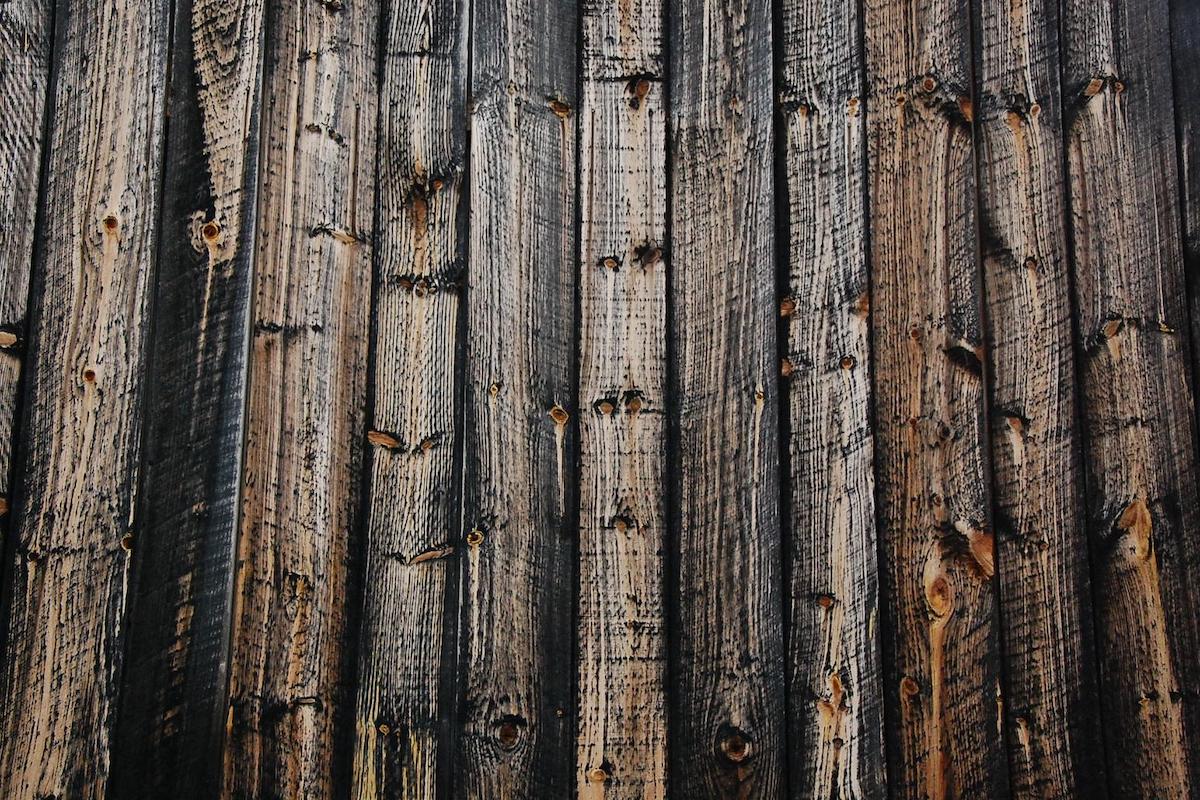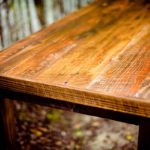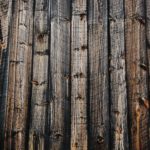
Now that you have completed the landscaping for your yard, you are standing there, wondering what is left to be added to make the scenery complete. You are thinking of what you can throw in to upgrade the overall appearance and look of your property. At this point, the best idea for you is to go for some exquisite timber screens. For those who may not be familiar with the topic, this topic is going to focus on what timber screens are.
As experience and practice have shown, timber happens to be the best when it comes to materials used for screening, and there is some validity in this assertion. Different timber designs are possible, from the antique to the sophisticated style, there is none that you cannot do. Also, you can even choose the kind of timber that will give a very rugged outlook. The following sections will provide even more details on timber screens.
There are various kinds of timber used for screening, but as expected, some are more popular than some others. When it comes to the installation of timber screens, one of the most crucial steps you need to take is on selecting the kind of wood that will bring your dreams to life. As there are so many kinds of timber out there, you may not even know which one to go for initially. But once you take time to decide, you will eventually settle for a good one.
Generally, timber can be divided into two types, and these are the hardwoods and softwoods. There are different kinds of softwoods and hardwoods, respectively. Well-known examples of hardwoods include kempas, Merbau, Jarrah, spotted gum, iroko, teak, and acacia. They are known for their higher levels of density, and as they are also fire-resistant by nature, they cost more than the softwoods.
In addition to being denser and fire-resistant, hardwoods are also resistant to water. Teak is one of the most water-resistant of all the hardwoods. As for the softwoods, even though they are referred to as softwoods, that is in no way suggesting that they are of lower quality at all. But for those who are considering weight and cost, softwoods are better. This is because softwoods are generally lighter in weight and cheaper when it comes to the price.
Well-known examples of softwoods include pine, red cedar, and Douglas fir. As for the examples of timber screens, you also have several designs that you can choose from. These include the lattice, vertical slats, or the horizontal slats. Once you have settled for the design to go for, the next thing you need to consider will be the finishing alternatives for the timber screens and feature walls.
Of course, you will not want your timber screens to look rough and dull in appearance, so you need to go for the best of finishing options. Some of the most common alternatives in this instance include stain, varnish, oil, wax, and paint. To ensure that the timber screens remain in good shape and condition always, there is the need to do proper maintenance regularly. Talk to your local hardware store who can give you some great tips on looking after your timber screens the right way, so they last longer and look good for years to come.




